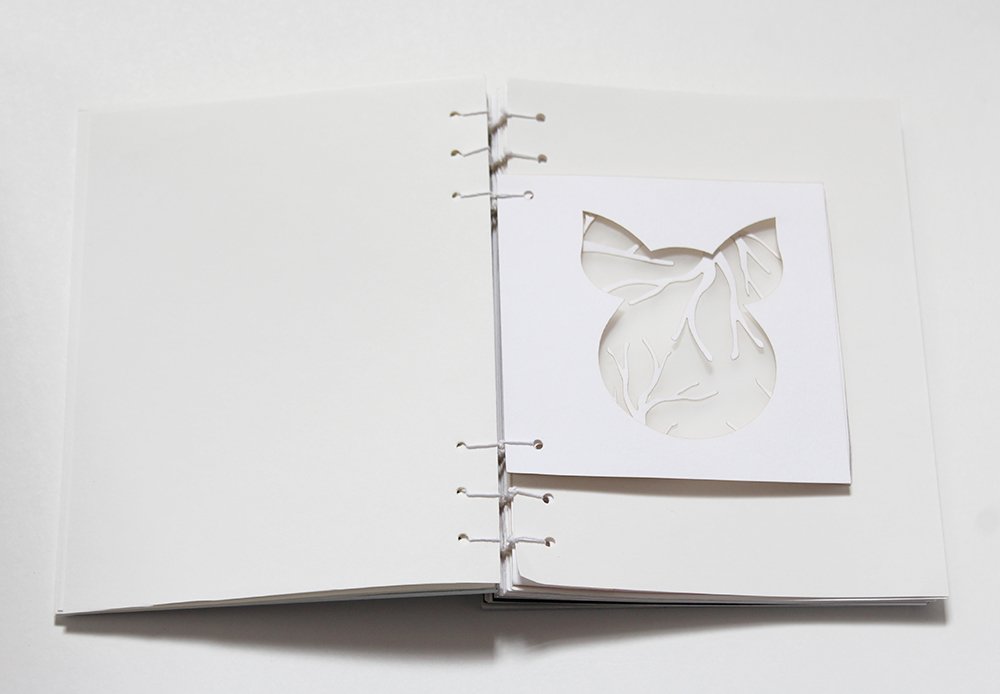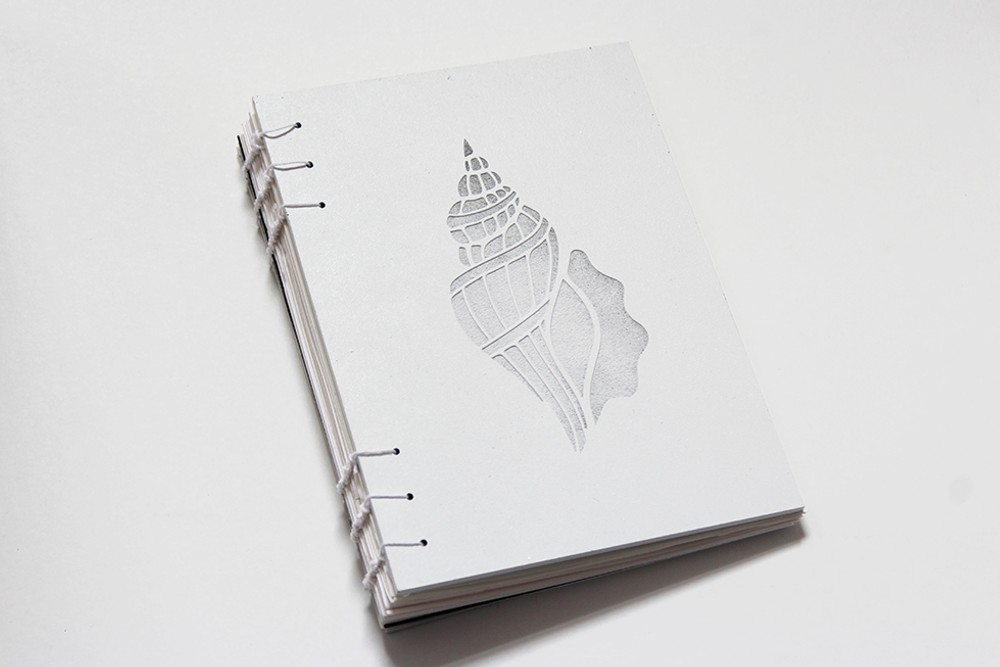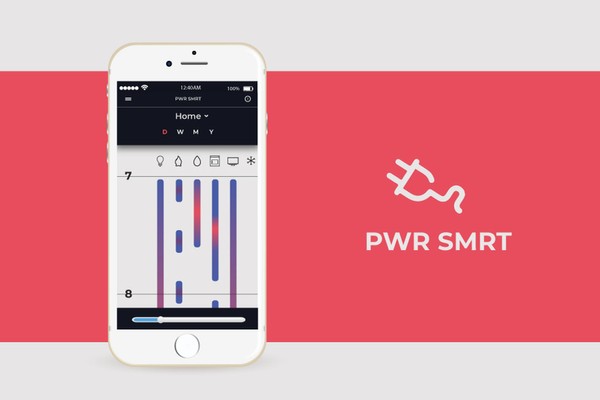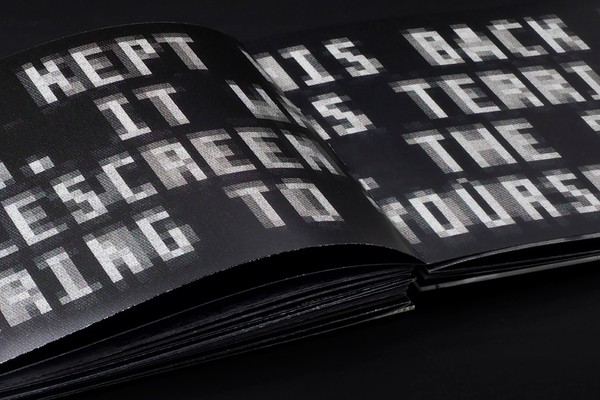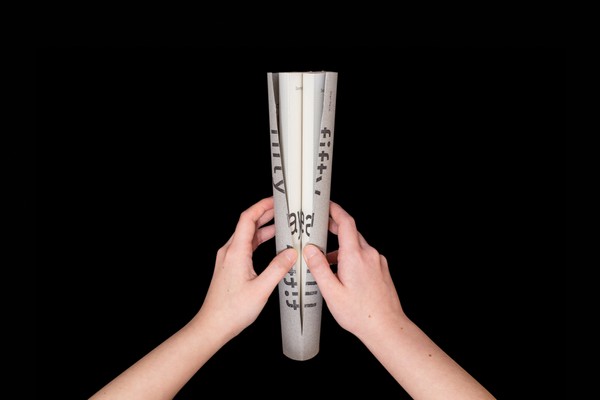Disassembling the Novel
Book Design
Summary
This project explores how touch and tactility can be applied within design to create meaning. The novel The Lord of the Flies is the vehicle in which this experimentation takes place to examine how a classic story can be adapted for a modern audience that demands interactivity.
Exploration
The written word has been around ever since humans have felt the need to express themselves. From cave drawings, to paper, to tablets, the written word has been around to communicate, to enlighten, to instruct and to entertain. There is something wonderful and thrilling about holding a book in one’s hands and turning the pages, yet today with electronic books, tablets and computers, the novel’s time in its original form is quickly becoming obsolete. Book stores are shutting their doors and libraries have had to reinvent themselves by offering new and faster methods of information through technologies in the place of books. So where is this all heading? Perhaps to the destruction of the novel as we once knew it. The dilemma then becomes how to reinvent the book so that this reality can be reversed and a new generation can once again experience the pleasures of holding a book but in a new and innovative way. The objective here is to integrate tactility and a strong visual element to reawaken our interest in books. This can be undertaken by focusing on how we physically and emotionally interact with texts so as to become active readers rather than passive ones by employing touch and tactility design.
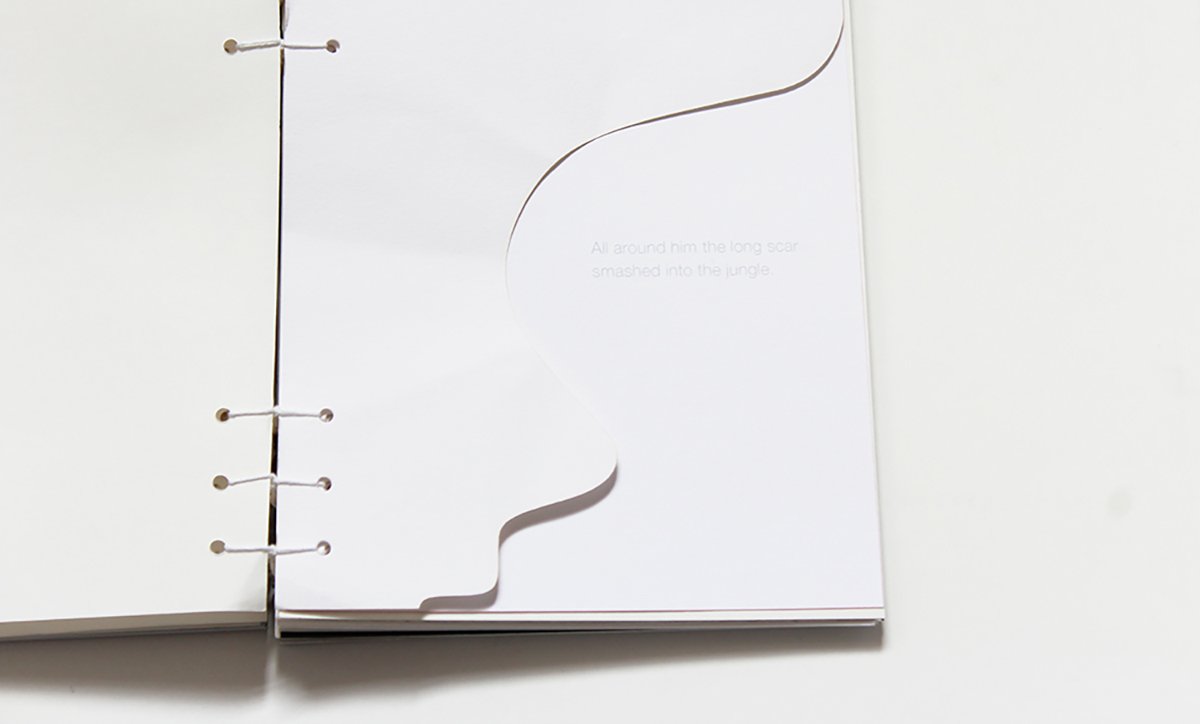
Research
In order to test this theory I selected a well know and beloved work of literature The Lord of the Flies. This novel has been around since 1954 and tells the disastrous story of a group of boys shipwrecked on a deserted island as war wages on outside. While it has all the elements of a great novel, it is the perfect example of how a wonderful read can be neglected due to how the novel is presented. The story is reimagined as an interactive text through tactile touch. The novel has been deconstructed from its original form and reassembled in an exciting new manner which meets the needs of a generation that demands stimulation, excitement, and grabs both the attention and imagination. Paper textures, die cuts, and embossing are all utilized to reimagine some of the major themes and ideas within the novel using tactility. Using texture as a way to communicate pushes how materials and the way in which they are used, can convey a message. While in the reader’s hands the novel comes alive, through the textures, the sights and feelings it provokes, and the physical pleasure of the book itself. In this way it is a reinvention of the physical book and hints at the direction books can take.
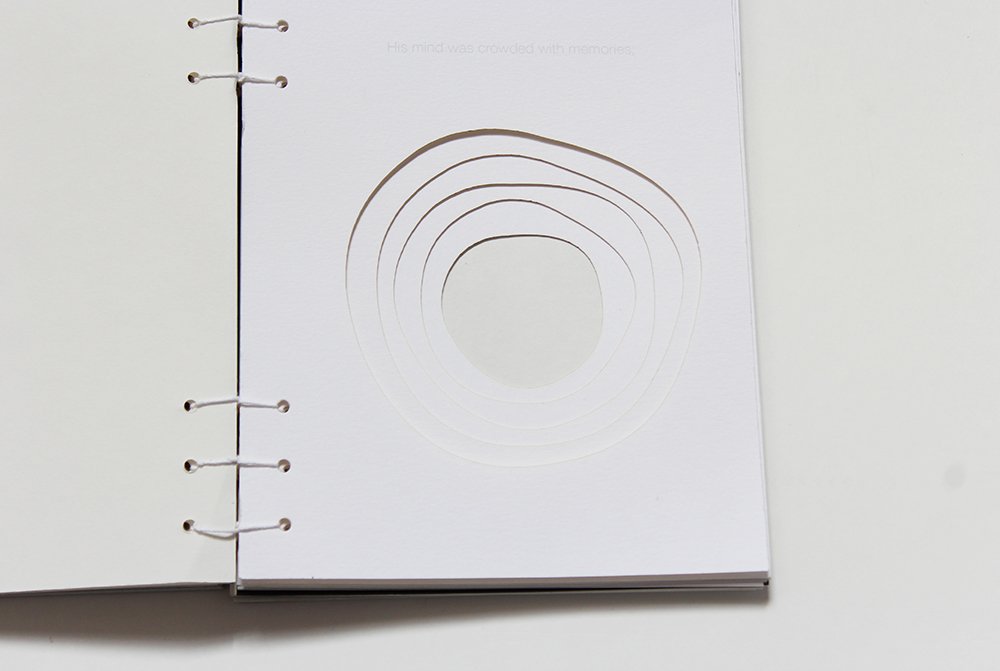
Final
This reimagined Lord of the Flies is an example of what the future of the book may be. As technologies become even more complex, offering all manner of information, it would be a tragedy if the written word in novel form were to disappear. Through designing for touch, we can keep pace with this need for interaction and reinvent the book through innovation and new designs.
